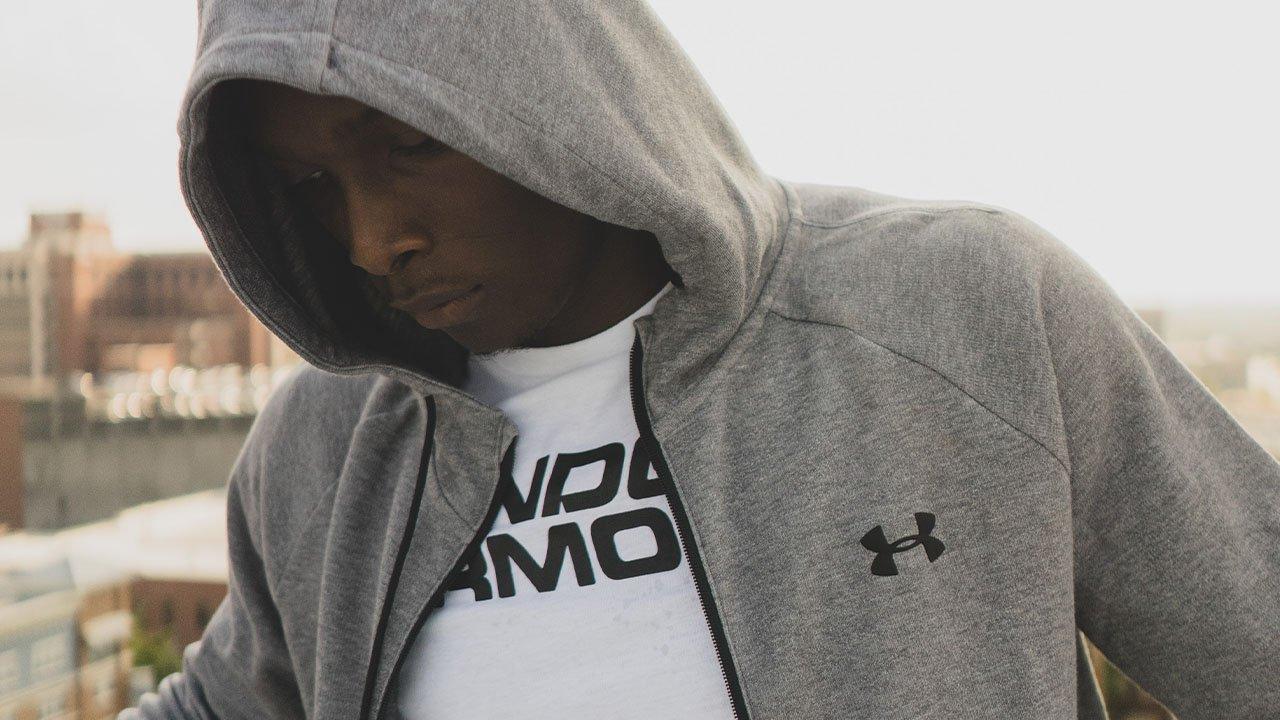
Dec 18, 2025
Step into timeless comfort with mule shoes that blend laid-back ease and modern style. The perfect shoe for dressing up or keeping it casual.
Read MoreOct 8, 2019
Whether it’s a North Face fleece or a Nike Therma Training Jacket, here’s a breakdown of options for your next winter jacket, and the different styles for men and women you can find at Hibbett|City Gear.
Hardshell jackets are 100% waterproof. To earn the classification of hardshell, the fabric must be able to withstand 10,000 millimeters of water pressure. To give you an idea of what that means, imagine having a container that’s about 33 feet tall and 1 foot wide. Cover the bottom with fabric, then fill the container with water. A hardshell fabric won’t let a single drop through.
The biggest drawback to hardshell jackets is their lack of breathability. Most waterproof-breathable shells actually do little in terms of allowing air to flow in and out. That’s where the softshell comes in.
Softshell jackets are only water-resistant, but the fabric allows air to flow freely. Whether you’re on a hike or warming up for the big game, softshells keep light wind and precipitation at bay without letting your inner layers become soaked with sweat.
Fleece jackets consist of soft, insulating fabrics made from polyethylene terephthalate (PET). This allows the jacket to repel water while keeping many of its insulating properties, even in rain or snow. Fleece jackets are also lightweight, highly breathable and machine-washable. They dry relatively quickly on their own, and they don’t itch.
Simply put, fleece jackets make the most sense for drier weather, softshell jackets are ideal for vigorous activity on wet days, and hardshell jackets are optimal for harsh winter climates with lots of precipitation.
Cuffs
Did you know that the type of cuff your jacket sports will determine which gloves you can wear?
Zippers
Don’t let the chance of a busted zipper ruin your winter day. Always make sure the winter jacket has a strong, solidly built zipper that moves smoothly. Pullovers negate the problem but can be harder to take off (especially with layers).
Pockets
Hoods
A hood should provide all-weather protection and keep in the warmth. Determining the hood type you need depends on the activities you envision yourself participating in while wearing the jacket.
